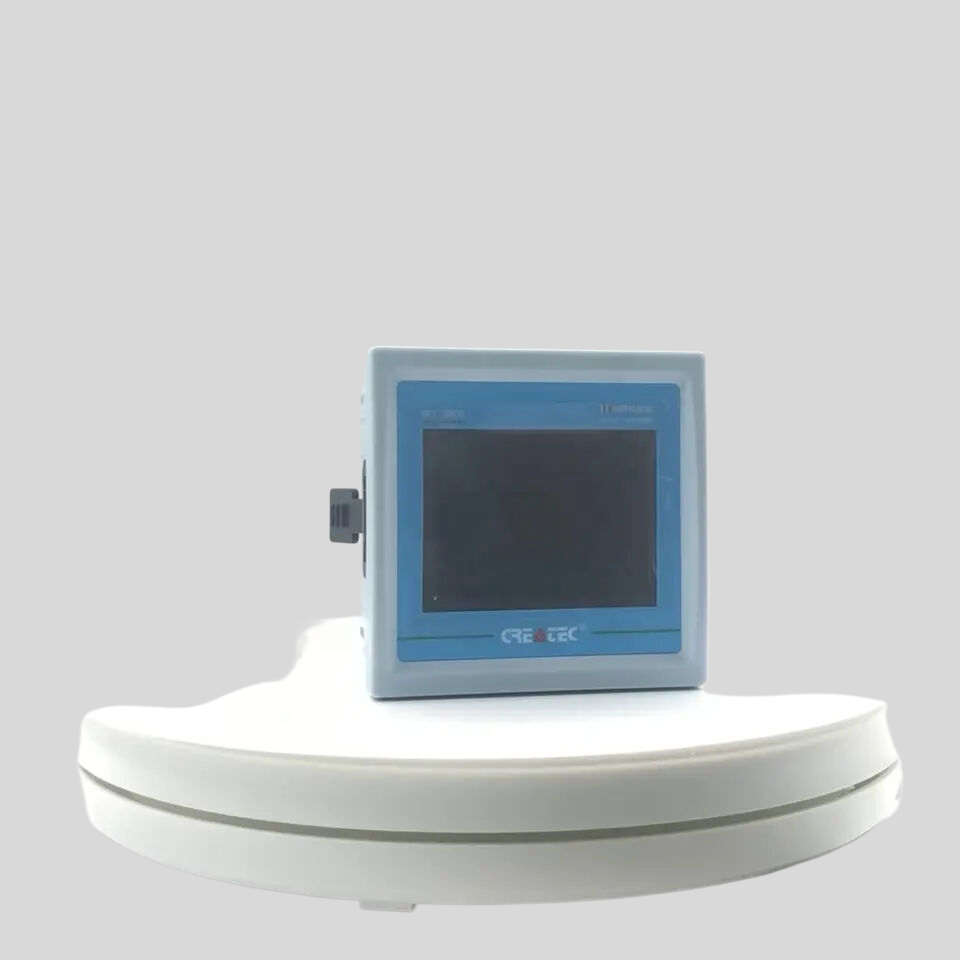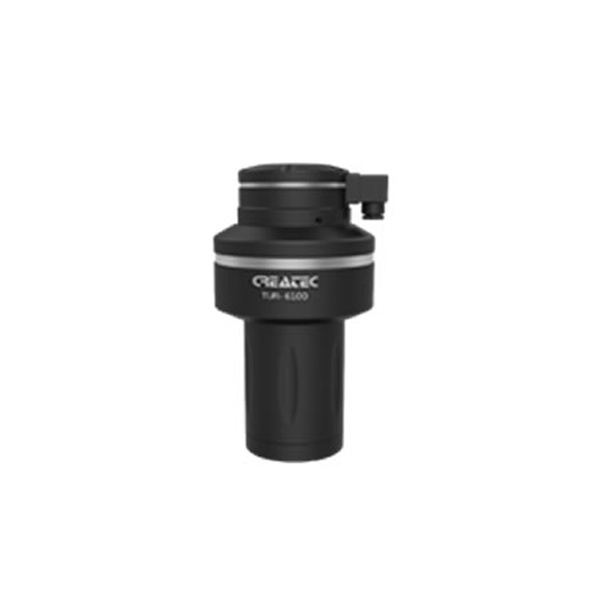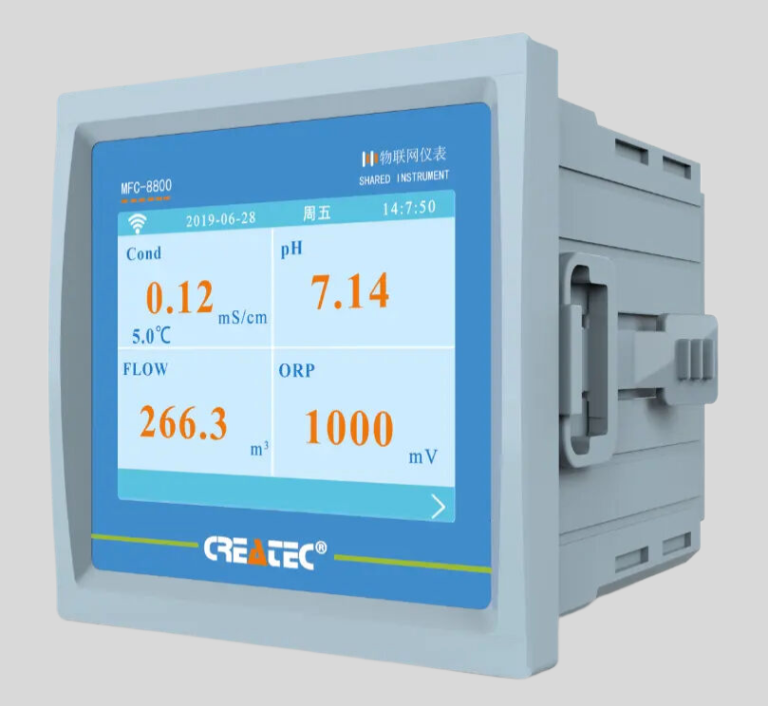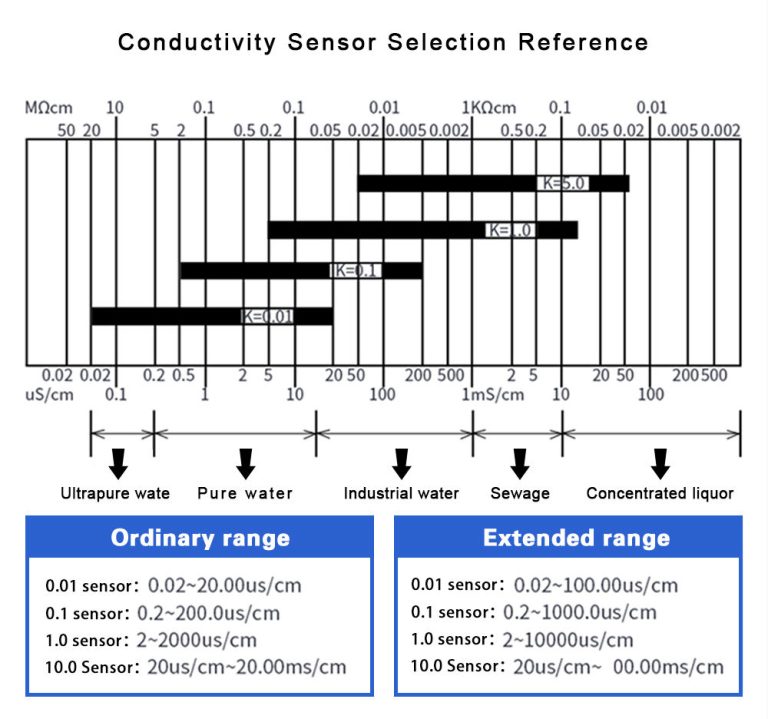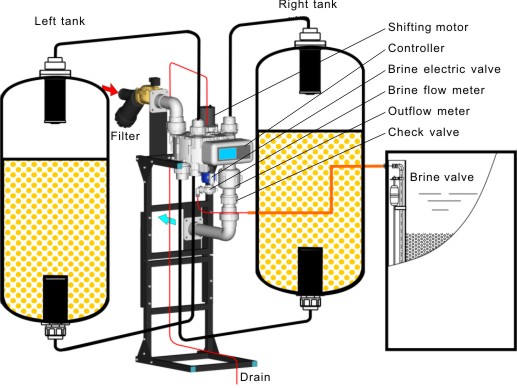Table of Contents
Understanding Monitor Resolution: A Beginner’s Guide
Understanding Monitor Resolution: A Beginner’s Guide
When it comes to purchasing a new monitor, one of the most important factors to consider is the resolution. The resolution of a monitor refers to the number of pixels that can be displayed on the screen. The higher the resolution, the clearer and more detailed the images will appear. In this article, we will discuss how to check a monitor’s resolution and why it is important.
One of the easiest ways to check a monitor’s resolution is to look at the specifications provided by the manufacturer. Most monitors will have the resolution listed in the product description or on the packaging. The resolution is typically expressed as a series of numbers, such as 1920 x 1080. The first number represents the number of horizontal pixels, while the second number represents the number of vertical pixels.
If you are unsure of the resolution of your monitor, you can also check it through your computer’s settings. On a Windows computer, you can right-click on the desktop and select “Display settings.” From there, you can see the current resolution of your monitor and adjust it if necessary. On a Mac computer, you can go to the Apple menu, select “System Preferences,” and then click on “Displays.” Here, you can view and change the resolution of your monitor.
It is important to check the resolution of your monitor because it can have a significant impact on your viewing experience. A higher resolution will result in sharper images and text, making it easier to read and view content on the screen. On the other hand, a lower resolution may cause images to appear blurry or pixelated, which can be frustrating and strain your eyes.
Another reason to check the resolution of your monitor is to ensure that it is compatible with the content you want to view. For example, if you plan to watch high-definition videos or play video games, you will want a monitor with a higher resolution to fully appreciate the detail and clarity of the visuals. On the other hand, if you primarily use your computer for basic tasks such as web browsing and word processing, a lower resolution may be sufficient.
In addition to checking the resolution of your monitor, it is also important to consider the size of the screen. A larger screen with a higher resolution will provide a more immersive viewing experience, while a smaller screen with a lower resolution may be more suitable for compact spaces or basic tasks. It is important to find a balance between resolution and screen size that meets your needs and preferences.
In conclusion, understanding how to check a monitor’s resolution is essential for ensuring a clear and enjoyable viewing experience. By checking the specifications provided by the manufacturer or through your computer’s settings, you can determine the resolution of your monitor and make any necessary adjustments. Remember to consider both the resolution and screen size when choosing a monitor to find the best option for your needs.
Step-by-Step Guide to Checking Your Monitor’s Resolution
In today’s digital age, having a clear and crisp display on your monitor is essential for a great viewing experience. One of the key factors that determine the quality of your display is the resolution of your monitor. Resolution refers to the number of pixels that can be displayed on the screen, and a higher resolution typically means sharper images and text.
If you’re unsure about the resolution of your monitor, don’t worry – checking it is a simple process that can be done in just a few steps. In this article, we’ll guide you through how to check your monitor’s resolution so you can ensure you’re getting the best possible display quality.
The first step in checking your monitor’s resolution is to right-click on your desktop and select “Display settings” from the drop-down menu. This will open the Display settings window, where you can adjust various display settings, including resolution.
Once you’re in the Display settings window, look for the section labeled “Display resolution” or “Resolution.” Here, you’ll see a slider that allows you to adjust the resolution of your monitor. The slider will typically have several options, ranging from the lowest resolution to the highest resolution supported by your monitor.
To check the current resolution of your monitor, simply look for the resolution that is currently selected on the slider. The resolution will be displayed in pixels, with the width listed first followed by the height (e.g., 1920 x 1080). This number represents the number of pixels that can be displayed on your monitor horizontally and vertically.
If you’re unsure about what resolution your monitor should be set to, a good rule of thumb is to set it to the native resolution of your monitor. The native resolution is the resolution that your monitor was designed to display, and setting it to this resolution will typically give you the best display quality.
To find out the native resolution of your monitor, you can refer to the user manual that came with your monitor or look up the specifications online. Alternatively, you can also right-click on your desktop and select “Screen resolution” from the drop-down menu. This will open a window that displays the current resolution of your monitor as well as the recommended resolution.
Once you’ve determined the native resolution of your monitor, simply adjust the slider in the Display settings window to match this resolution. Click “Apply” to save the changes, and your monitor will now be set to its optimal resolution.
| Model | pH/ORP-810 pH/orp meter |
| Range | 0-14 pH; -2000 – +2000mV |
| Accuracy | \\u00b10.1pH; \\u00b12mV |
| Temp. Comp. | Automatic temperature compensation |
| Oper. Temp. | Normal 0\\uff5e50\\u2103; High temp 0\\uff5e100\\u2103 |
| Sensor | pH double/triple sensor; ORP sensor |
| Display | LCD Screen |
| Communication | 4-20mA output/RS485 |
| Output | High/Low limit dual relay control |
| Power | AC 220V\\u00b110% 50/60Hz or AC 110V\\u00b110% 50/60Hz or DC24V/0.5A |
| Working Environment | Ambient temperature:0\\uff5e50\\u2103 |
| Relative humidity\\u226485% | |
| Dimensions | 96\\u00d796\\u00d7100mm(H\\u00d7W\\u00d7L) |
| Hole Size | 92\\u00d792mm(H\\u00d7W) |
| Installation Mode | Embedded |
Checking your monitor’s resolution is an important step in ensuring that you’re getting the best display quality possible. By following the simple steps outlined in this article, you can easily check and adjust the resolution of your monitor to enjoy clear and crisp images and text. So take a few minutes to check your monitor’s resolution today – your eyes will thank you for it.
